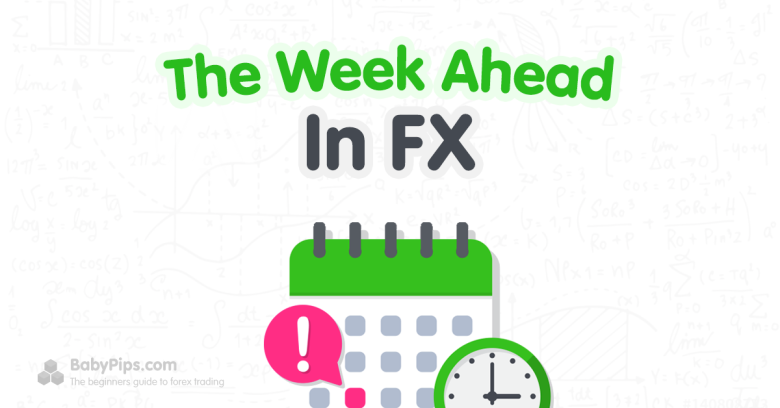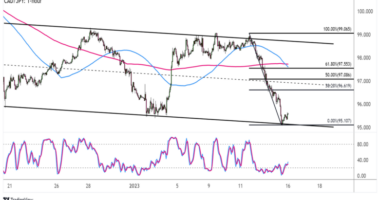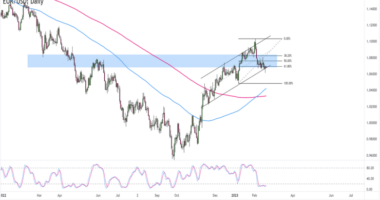
It’s gonna be another busy week in the markets, but this time the spotlight might be on the commodity currencies.
We’ve got the RBA and BOC decisions lined up, followed by China’s inflation figures later on.
Before all that, ICYMI, I’ve written a quick recap of the market themes that pushed currency pairs around last week. Check it!
And now for the closely-watched economic indicators on the economic calendar this week:
RBA interest rate statement
First up, we’ve got Australia’s central bank gearing up to announce their monetary policy decision on June 6, 4:30 am GMT.
RBA policymakers are widely expected to sit on their hands again, following a surprise hike in May and a tightening pause in April.
Now economic data from the Land Down Under, such as their CPI and wage price index, has shown some resilience in the past months, but officials have been expressing concerns about slowing consumer spending.
Better check out this Event Guide for the June 2023 RBA decision to gauge what the central bank might announce this time.
Australia’s Q1 GDP
Next up, we’ve got Australia’s quarterly GDP reading up for release a day after the RBA’s policy announcement (June 7, 1:30 am GMT).
Analysts are expecting the economy to have expanded by a meager 0.3% in Q1, slower than the earlier 0.5% GDP figure but still growth nonetheless. However, the reaction to this top-tier report might be muted since the RBA decision could steal the show.
Still, stronger than expected results could fuel tightening expectations for the upcoming RBA decisions while a downbeat read could lead AUD traders to price in another pause.
BOC policy statement
Canada’s central bank has its monetary policy decision scheduled for June 7, 2:00 pm GMT. No actual interest rate changes are expected again, marking the third month in the BOC‘s tightening pause.
Some say that policymakers might vote for a rate hike again, though, as the Canadian economy reported a strong GDP rebound in Q1 while inflation came in surprisingly stronger than expected in April.
But even if they do stand pat for now, reiterating that they’re keeping the door open for more tightening moves could keep the Loonie supported across the board.
Chinese inflation data
China’s economic figures have been under the microscope lately, as traders are wary of the fading rebound in the world’s second largest economy.
Still, headline CPI is slated to have accelerated slightly from 0.1% to 0.2% year-over-year in May. On the other hand, measures of underlying inflation such as the PPI probably showed a sharper decline from the earlier 3.6% slump to a 4.3% drop.
Canada’s jobs report
Last but certainly not least is Canada’s employment change figure for May, which would likely put a bit more color for the BOC decision earlier in the week.
Analysts are expecting to see a smaller 20K increase in hiring for the month, lower than the previous 41.1K gain and possibly enough to bring the unemployment rate up from 5.0% to 5.1%.
A lower increase in employment or a surprise decline could translate to expectations for the BOC to sit on its hands for much longer, which might mean downside for the Canadian currency.
This post first appeared on babypips.com









